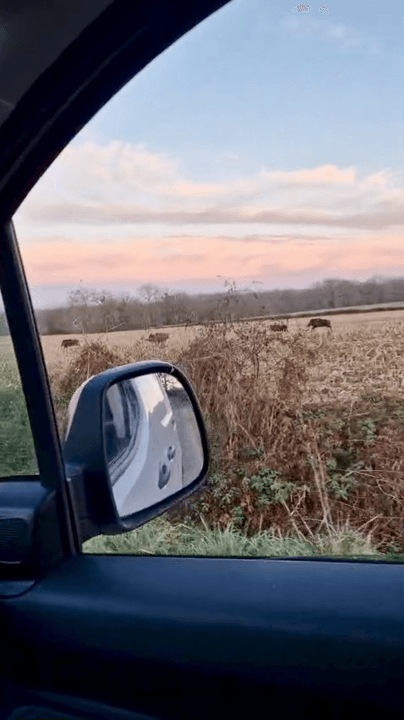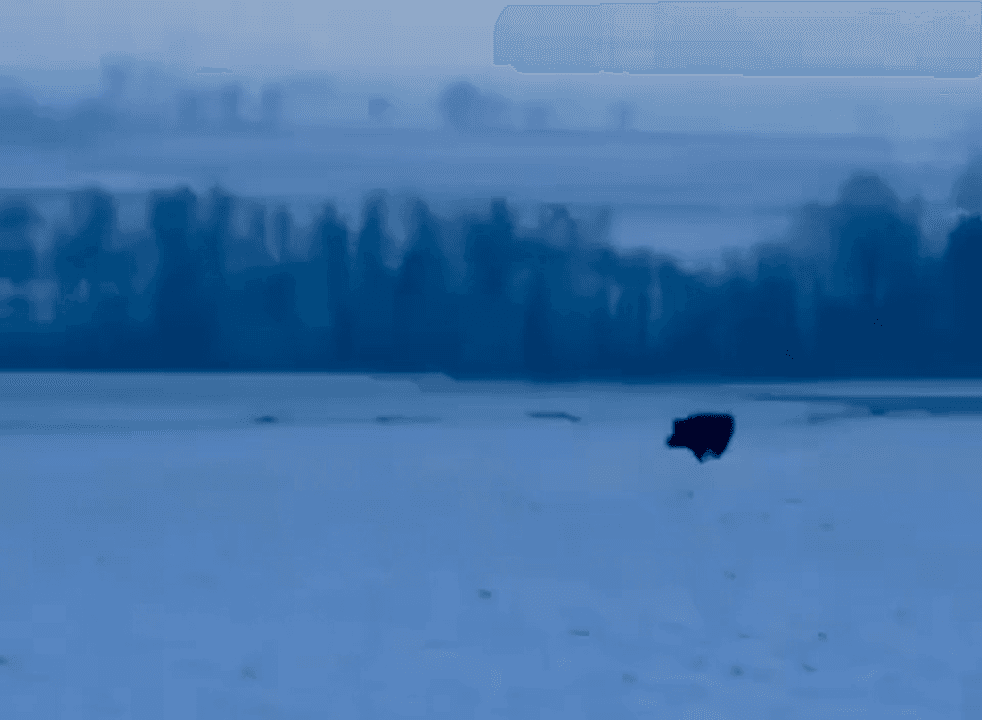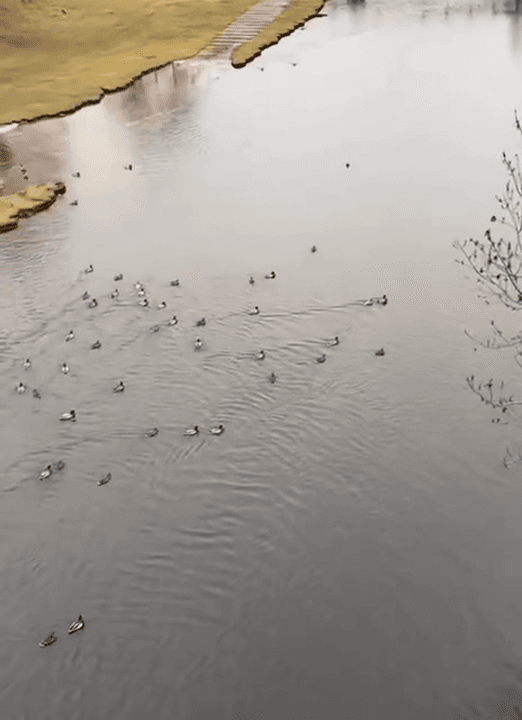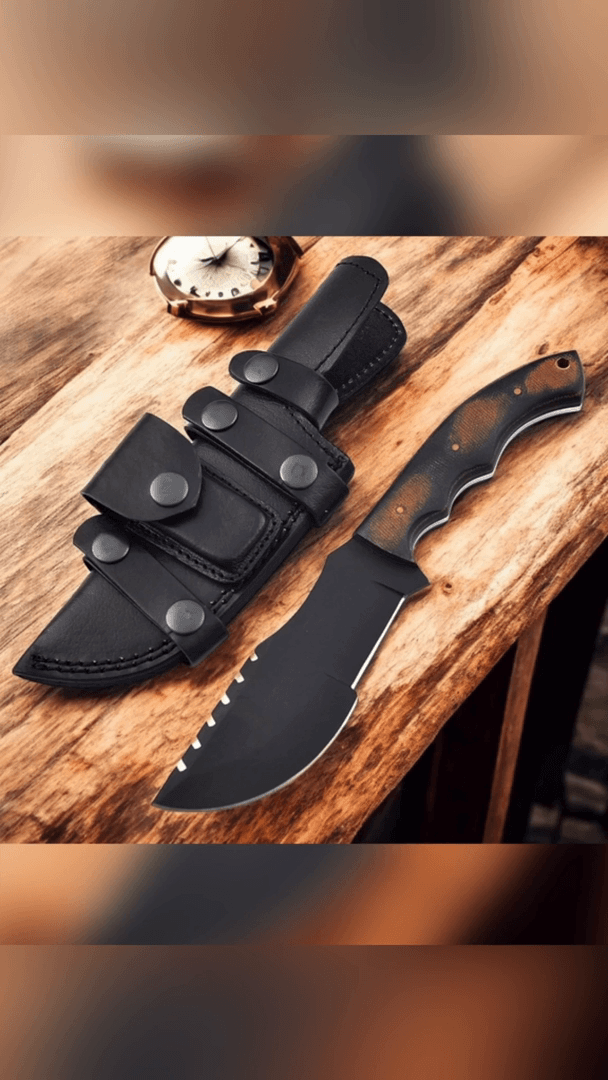
Falconry Birds List: Species, Traits, Habitats & Value Falconry is a timeless tradition fusing skill, heritage, and a close human–raptor connection. For falconers, understanding the falconry birds list is essential to choosing the right bird, respecting conservation efforts, and mastering the hunt. This article explores the most respected birds in falconry, their traits, habitats, population status, and value. --- 📜 What Is the Falconry Birds List? The falconry birds list refers to the catalog of raptors commonly used in falconry. These birds are selected based on their hunting style, temperament, trainability, and legal availability. The list includes falcons, hawks, eagles, and occasionally owls. Each species offers unique advantages depending on the falconer’s experience level and hunting goals. --- 🐦 Falconry Birds List: Species and Characteristics Let’s explore the most prominent birds on the falconry birds list, with detailed descriptions for each: 1. Peregrine Falcon (Falco peregrinus) • Type: Longwing • Habitat: Global distribution; cliffs, coastlines, urban areas • Population: Least Concern (IUCN) • Areal: Worldwide except Antarctica • Value: $600–$10,000+ • Traits: Fastest animal on Earth (up to 320 km/h in a dive), highly trainable, versatile hunter 2. Gyrfalcon (Falco rusticolus) • Type: Longwing • Habitat: Arctic tundra and mountainous regions • Population: Least Concern • Areal: Northern Hemisphere (Canada, Russia, Greenland) • Value: $2,000–$30,000 • Traits: Largest falcon, powerful and majestic, prized for prestige and strength 3. Saker Falcon (Falco cherrug) • Type: Longwing • Habitat: Central Asia, Middle East, Eastern Europe • Population: Endangered • Areal: Steppes and semi-deserts • Value: Up to $250,000 in Gulf countries • Traits: Traditional falconry bird in Arab culture, strong and aggressive hunter 4. Lanner Falcon (Falco biarmicus) • Type: Longwing • Habitat: Africa, Southern Europe • Population: Least Concern • Areal: Open savannas and rocky outcrops • Value: $1,000–$5,000 • Traits: Agile, elegant, easier to train than peregrines 5. American Kestrel (Falco sparverius) • Type: Longwing • Habitat: North and Central America • Population: Least Concern • Areal: Urban parks, grasslands • Value: $300–$800 • Traits: Small and colorful, ideal for beginners and light game 6. Harris’s Hawk (Parabuteo unicinctus) • Type: Broadwing • Habitat: Southwestern US, Latin America • Population: Least Concern • Areal: Scrublands and deserts • Value: $800–$2,500 • Traits: Social, cooperative, excellent for apprentices 7. Red-tailed Hawk (Buteo jamaicensis) • Type: Broadwing • Habitat: North America • Population: Least Concern • Areal: Forests, fields, urban areas • Value: $500–$1,500 • Traits: Hardy, reliable, forgiving for new falconers 8. Eurasian Sparrowhawk (Accipiter nisus) • Type: Shortwing • Habitat: Europe, Asia • Population: Least Concern • Areal: Woodlands and gardens • Value: $400–$1,200 • Traits: Stealthy, fast, suited for small bird hunting 9. Golden Eagle (Aquila chrysaetos) • Type: Broadwing • Habitat: Northern Hemisphere • Population: Least Concern • Areal: Mountains, plateaus • Value: $5,000–$20,000+ • Traits: Elite bird, requires expert handling, used in Kazakh and Mongolian falconry 10. Merlin (Falco columbarius) • Type: Longwing • Habitat: North America, Eurasia • Population: Least Concern • Areal: Open country, moorlands • Value: $500–$1,500 • Traits: Compact, fast, ideal for small prey --- 🌍 Falconry Birds List and Global Distribution The falconry birds list includes species from nearly every continent. Falconers often choose birds adapted to their local terrain: • Desert falconry: Saker Falcon, Harris’s Hawk • Mountain falconry: Golden Eagle, Gyrfalcon • Urban falconry: Peregrine Falcon, American Kestrel • Forest falconry: Red-tailed Hawk, Eurasian Sparrowhawk --- 📉 Conservation and Population Trends Some birds on the falconry birds list face serious threats: • Saker Falcon: Endangered due to illegal trade and habitat loss • Peregrine Falcon: Recovered after DDT ban; now stable • Gyrfalcon: Sensitive to climate change in Arctic regions Falconers contribute to conservation through captive breeding, education, and habitat protection. --- 💰 Falconry Birds List: Value and Cost The falconry birds list includes birds ranging from affordable to elite: • Entry-level: American Kestrel, Red-tailed Hawk ($300–$1,500) • Mid-range: Harris’s Hawk, Lanner Falcon ($800–$5,000) • High-end: Gyrfalcon, Saker Falcon, Golden Eagle ($5,000–$250,000) Factors influencing value: • Species rarity • Training level • Age and health • Legal permits (CITES, A10) --- 🧠 Choosing the Right Bird from the Falconry Birds List When selecting a bird from the falconry birds list, consider: • Experience level: Beginners should start with Harris’s Hawk or Red-tailed Hawk • Local laws: Some species require permits • Prey type: Match bird to game size • Climate: Choose birds adapted to your region --- 🏁 Final Thoughts on the Falconry Birds List The falconry birds list is a vital resource for every falconer. It’s not just a catalog—it’s a roadmap to understanding the art, ethics, and science of falconry. Whether you’re flying a Peregrine over open fields or bonding with a Harris’s Hawk in the desert, the falconry birds list is your foundation for success. 🖼️ Falcons of the World 🎨 Artwork by Roger Hall A vibrant photographic collage capturing the majesty and diversity of falcon species across continents—highlighting their grace, power, and global presence through striking composition.
Post: 1 August 15:14
















































